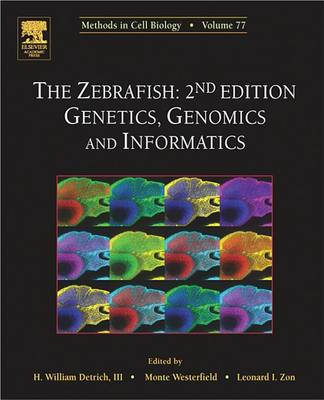Methods in Cell Biology
3 total works
Biophysical Tools for Biologists
by John J Correia and H. William Detrich
Published 14 December 2007
Driven in part by the development of genomics, proteomics, and bioinformatics as new disciplines, there has been a tremendous resurgence of interest in physical methods to investigate macromolecular structure and function in the context of living cells. This volume in Methods in Cell Biology is devoted to biophysical techniques in vitro and their applications to cellular biology. Biophysical Tools for Biologists covers methods-oriented chapters on fundamental as well as cutting-edge techniques in molecular and cellular biophysics. This book is directed toward the broad audience of cell biologists, biophysicists, pharmacologists, and molecular biologists who employ classical and modern biophysical technologies or wish to expand their expertise to include such approaches. It will also interest the biomedical and biotechnology communities for biophysical characterization of drug formulations prior to FDA approval.
The Zebrafish
by H. William Detrich, Monte Westerfield, and Leonard I Zon
Published 30 December 2004
This volume of Methods in Cell Biology, the second of two parts on the subject of zebrafish, provides a comprehensive compendia of laboratory protocols and reviews covering all the new methods developed since 1999. This second volume covers advances in forward and reverse genetic techniques, provides an update on the zebrafish genome and gene/mutant mapping technologies, examines the new systems for efficient transgenesis in the zebrafish, provides an in-depth view of informatics and the emerging field of comparative genomics, and considers the extensive infrastructure now available to the zebrafish community.


